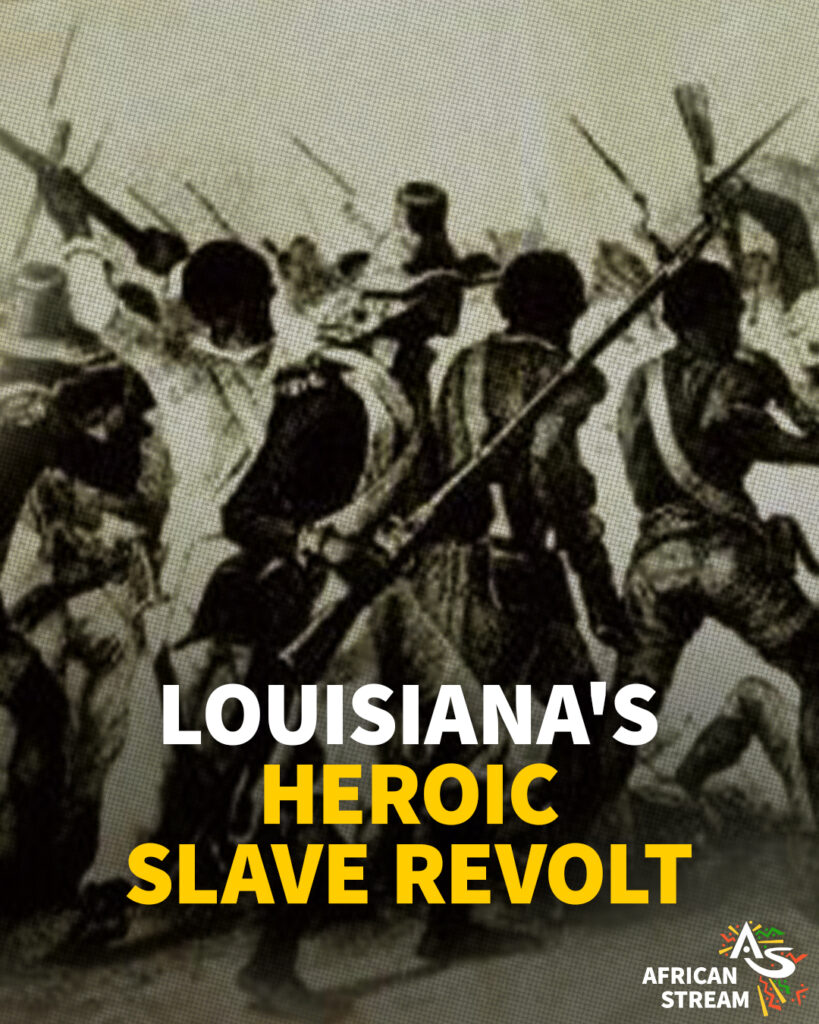On this day in 1811, the largest revolt of enslaved people in the United States occurred in modern-day Louisiana.

Sometimes known as the German Coast Uprising, it involved an estimated 500 African people speaking 50 languages enslaved on sugar plantations on the east bank of the Mississippi River, 48 kilometres north of New Orleans.
Charles, an enslaved overseer on a plantation owned by the Deslondes family that fled Haiti in the wake of the 1804 revolution that outlawed slavery on the island, led the uprising.
The Haitian revolution served as a source of inspiration for Charles and his co-conspirators. Following months of secretive plotting, Charles led a group of enslaved people from the surrounding plantations toward New Orleans. The group included enslaved people born in the US, the Caribbean, and those newly brought from Africa. They left the plantation with a few guns, pikes, shovels, and other rudimentary tools, but most importantly, with the courage and determination to free themselves from the shackles of slavery.
Along the way, the group torched plantations, sending fear into enslavers’ hearts and sparking hope for enslaved people, many of whom joined the march to freedom.
As word of the revolt spread, authorities mobilised armed forces and white supremacist militia to put down the uprising. After putting up a fierce and remarkable resistance, authorities captured Charles and others on the morning of 10 January, executing and decapitating most revolters. Authorities displayed the heads on spikes along a 95-kilometre stretch between New Orleans and the banks of the Mississippi as a grotesque warning to other freedom-seeking enslaved people.
However, despite the brutality, the revolt sparked a spirit of resistance among enslaved people and served as a source of inspiration for future rebellions.
Source:
https://www.zinnedproject.org/news/tdih/louisianas-slave-revolt/

